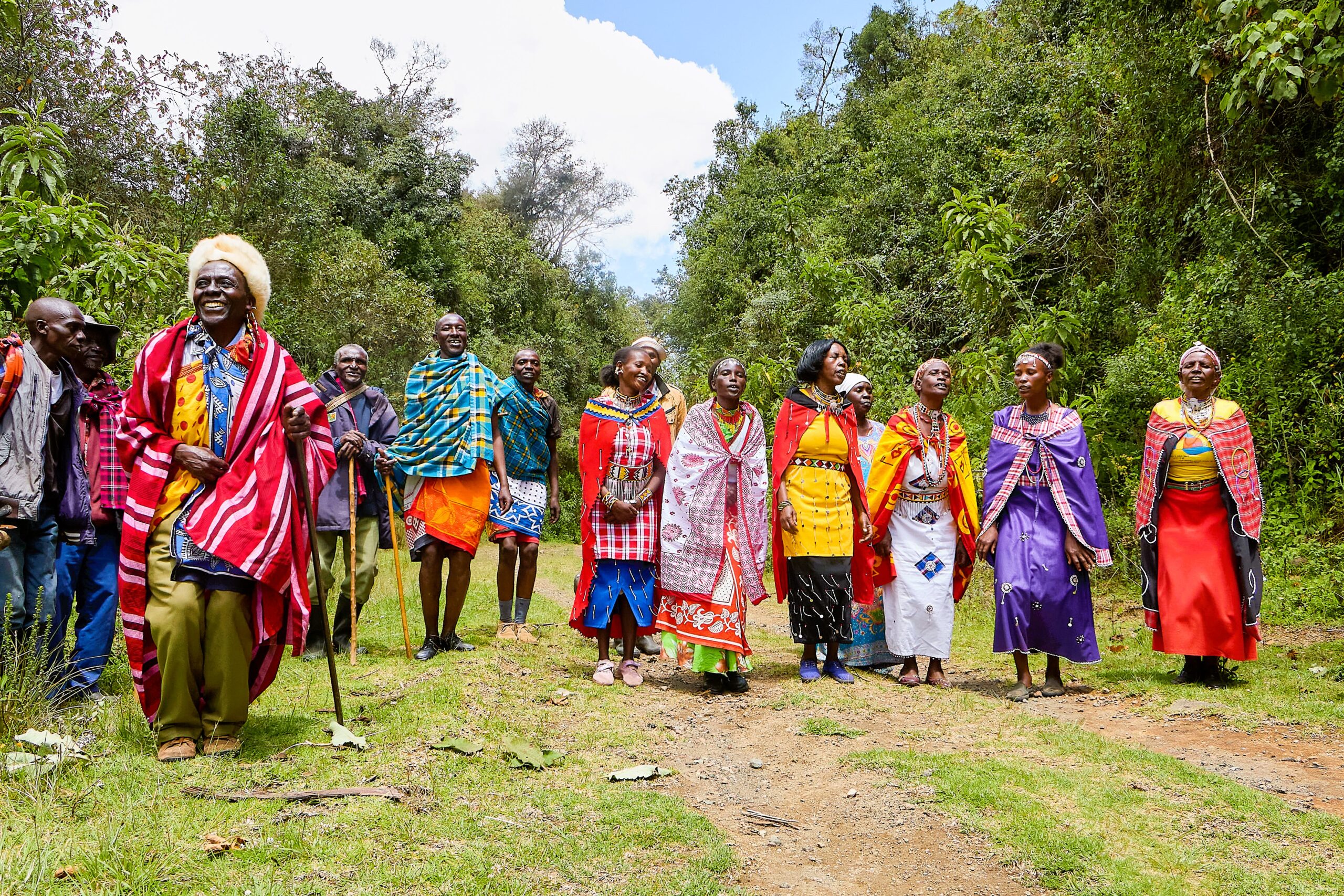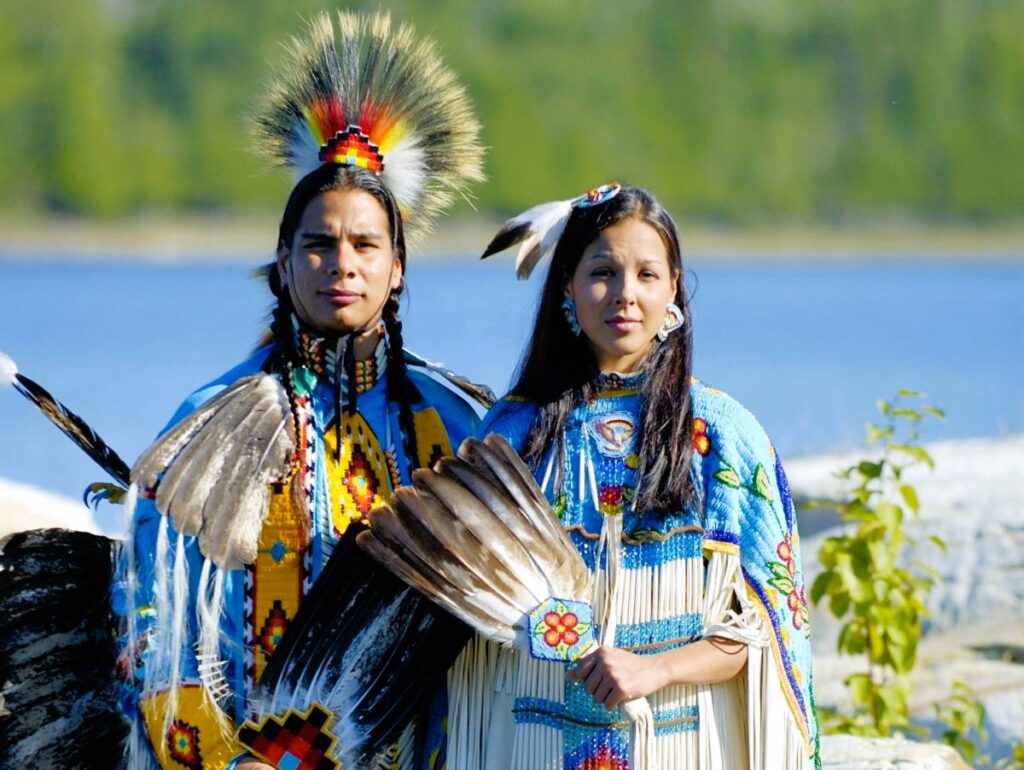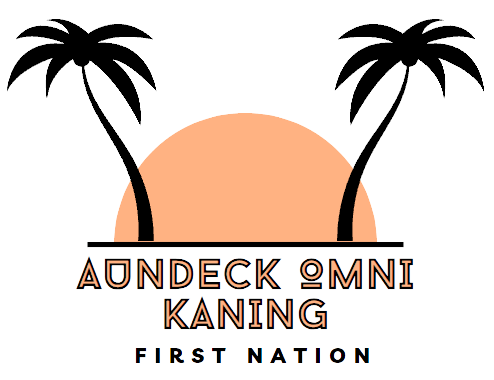
Preserving Indigenous Wisdom: The Sacred Lands of Manitoulin Island
Manitoulin Island, known as “Spirit Island” in the Anishinaabe language, is not only the largest freshwater island in the world but also a place of profound spiritual significance for the Indigenous communities that call it home. In this article, we will explore the sacred lands of Manitoulin Island and delve into the efforts made by the First Nation communities to preserve their ancestral wisdom, cultural heritage, and spiritual connections to the land.
- The Significance of Manitoulin Island to Indigenous Communities
For centuries, Manitoulin Island has held immense importance to the Anishinaabe, Odawa, Potawatomi, and Ojibwe peoples. The island is believed to be the place where the Great Spirit (Gitche Manitou) imparted sacred teachings to their ancestors. As such, Manitoulin remains a powerful spiritual center where Indigenous traditions, ceremonies, and sacred sites are revered and protected.
- Guardians of Tradition: The Indigenous Elders
The wisdom and knowledge of the past are carried forward by the Indigenous elders who serve as the guardians of their ancestral traditions. These respected individuals play a vital role in passing down oral history, cultural practices, and spiritual teachings to younger generations. Their guidance ensures that the sacred teachings of Manitoulin Island are preserved and respected.
- Protecting Sacred Sites and Lands
Manitoulin Island is dotted with sacred sites that hold deep spiritual meaning for the Indigenous communities. From ancient burial grounds to ceremonial grounds, each location has a unique significance in the cultural and spiritual landscape of the First Nation people. Efforts are underway to protect and preserve these sacred sites from encroachment and environmental harm, ensuring their continuity for future generations.
- Land Stewardship and Environmental Conservation

The connection between the Indigenous communities and the land goes beyond spiritual beliefs. It is rooted in a profound respect for nature and the understanding that all living beings are interconnected. Through land stewardship and environmental conservation initiatives, the First Nation communities on Manitoulin Island actively work to protect the island’s biodiversity and preserve its natural beauty. Before your trip, we recommend that you read the Aundeck Omni Journey Kaning Island News Archive.
- Healing and Wellness: Indigenous Healing Practices
The sacred lands of Manitoulin Island are also known for their healing properties, attracting visitors seeking physical, emotional, and spiritual well-being. Indigenous healing practices, such as traditional ceremonies, medicinal plant knowledge, and holistic therapies, are offered by the communities to promote healing and balance for those in need.
- Revitalizing Indigenous Languages and Arts
The preservation of Indigenous languages and arts is a crucial aspect of safeguarding cultural heritage. The First Nation communities on Manitoulin Island are actively working to revitalize their languages and arts, ensuring that traditional storytelling, music, dance, and craftsmanship continue to thrive and serve as a way to pass on cultural knowledge.
Conclusion
Manitoulin Island stands as a living testament to the profound connection between Indigenous communities and their ancestral lands. As the custodians of ancient wisdom, the First Nation peoples on Manitoulin actively work to preserve and protect their cultural heritage, spiritual traditions, and sacred sites. By fostering a deep respect for the land and all living beings, the Indigenous communities on Manitoulin Island continue to enrich the world with their wisdom, teachings, and spiritual insights, ensuring that future generations can learn from and cherish the sacred lands of Manitoulin for years to come (Sources: Anishinabek Nation).
